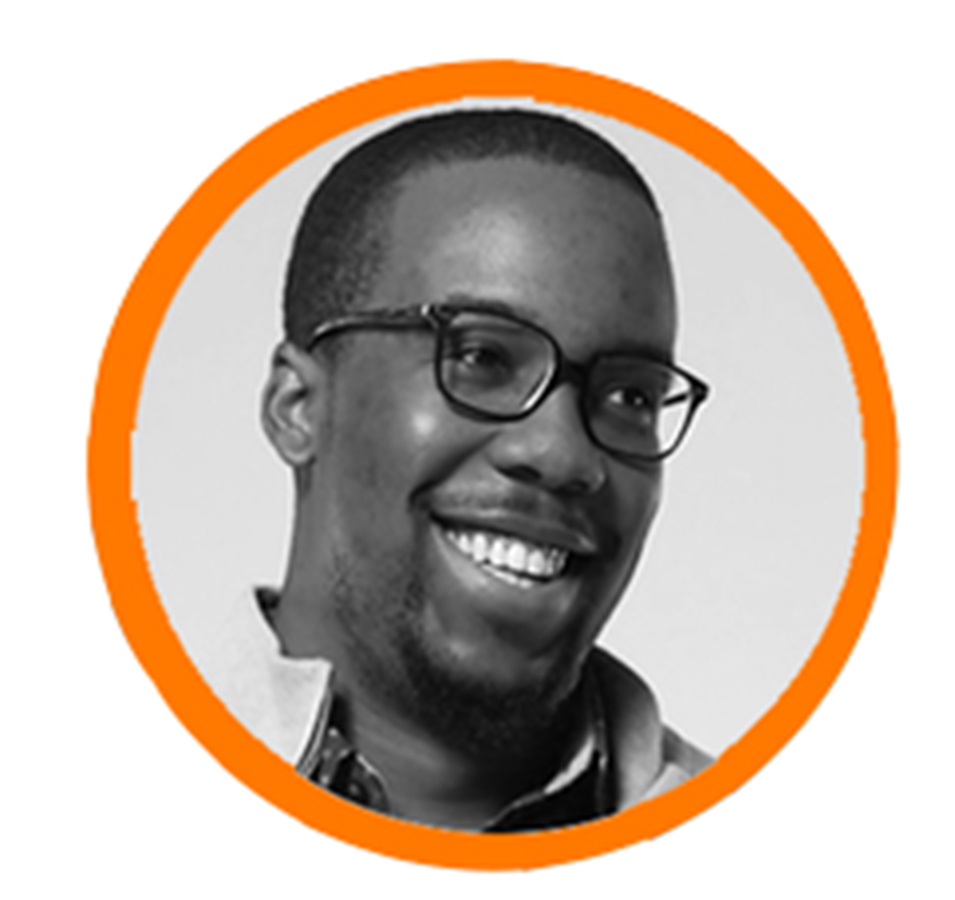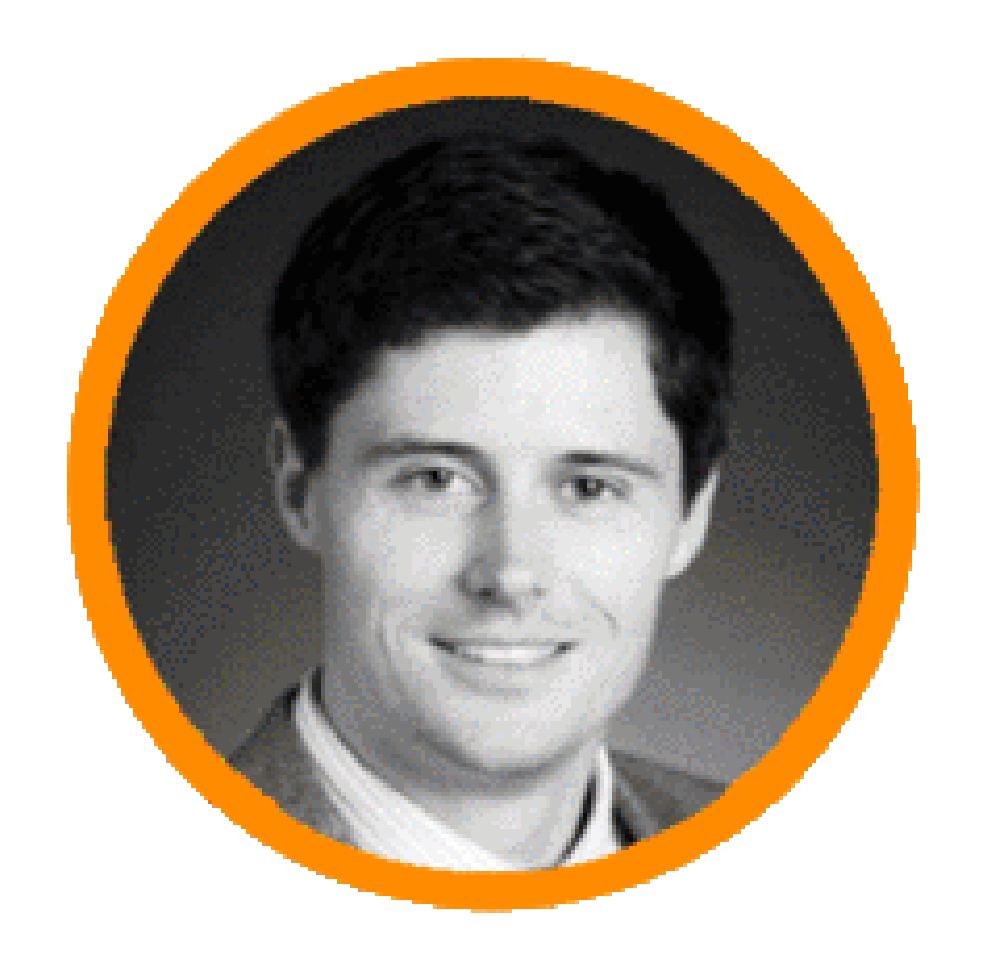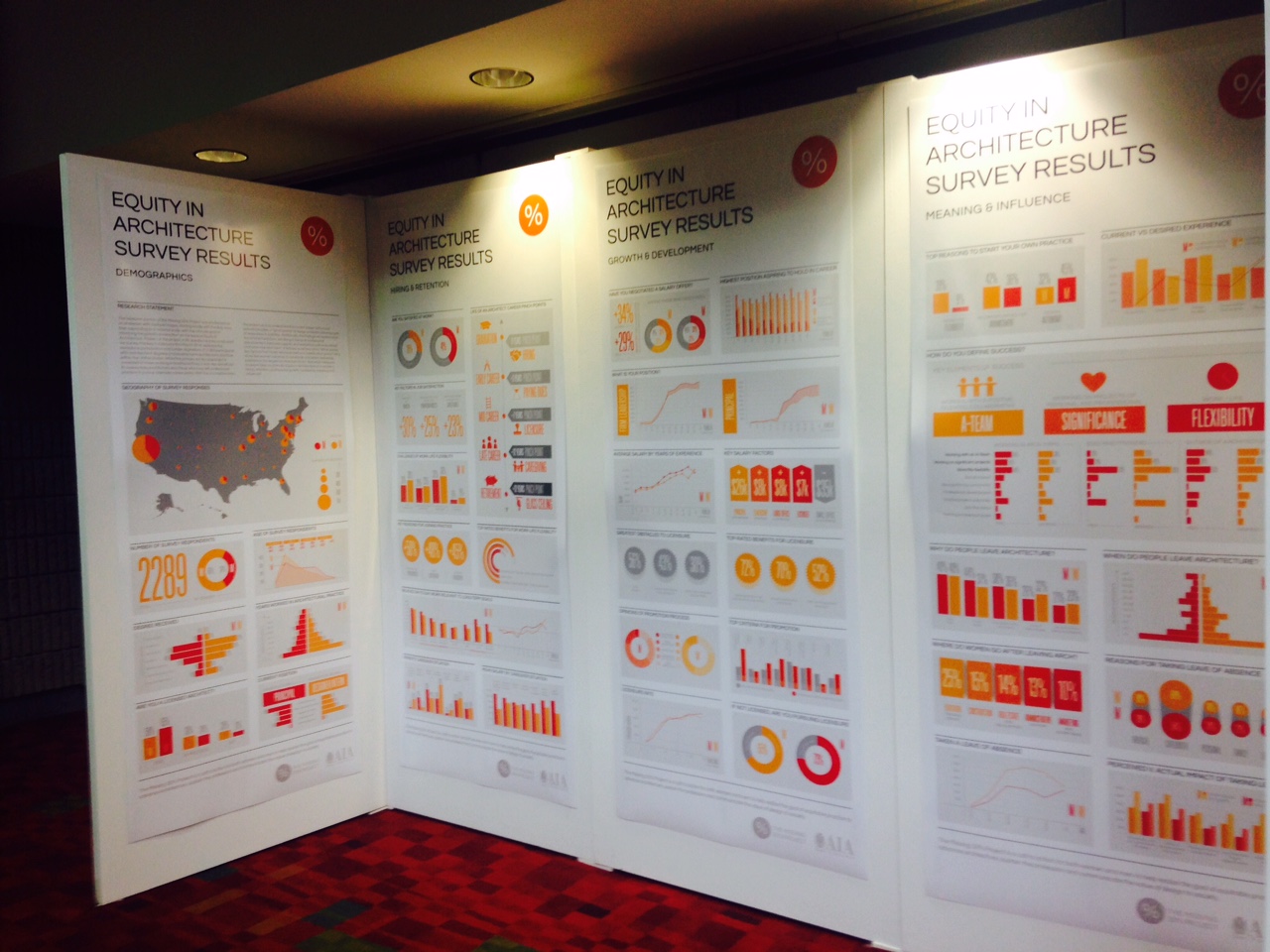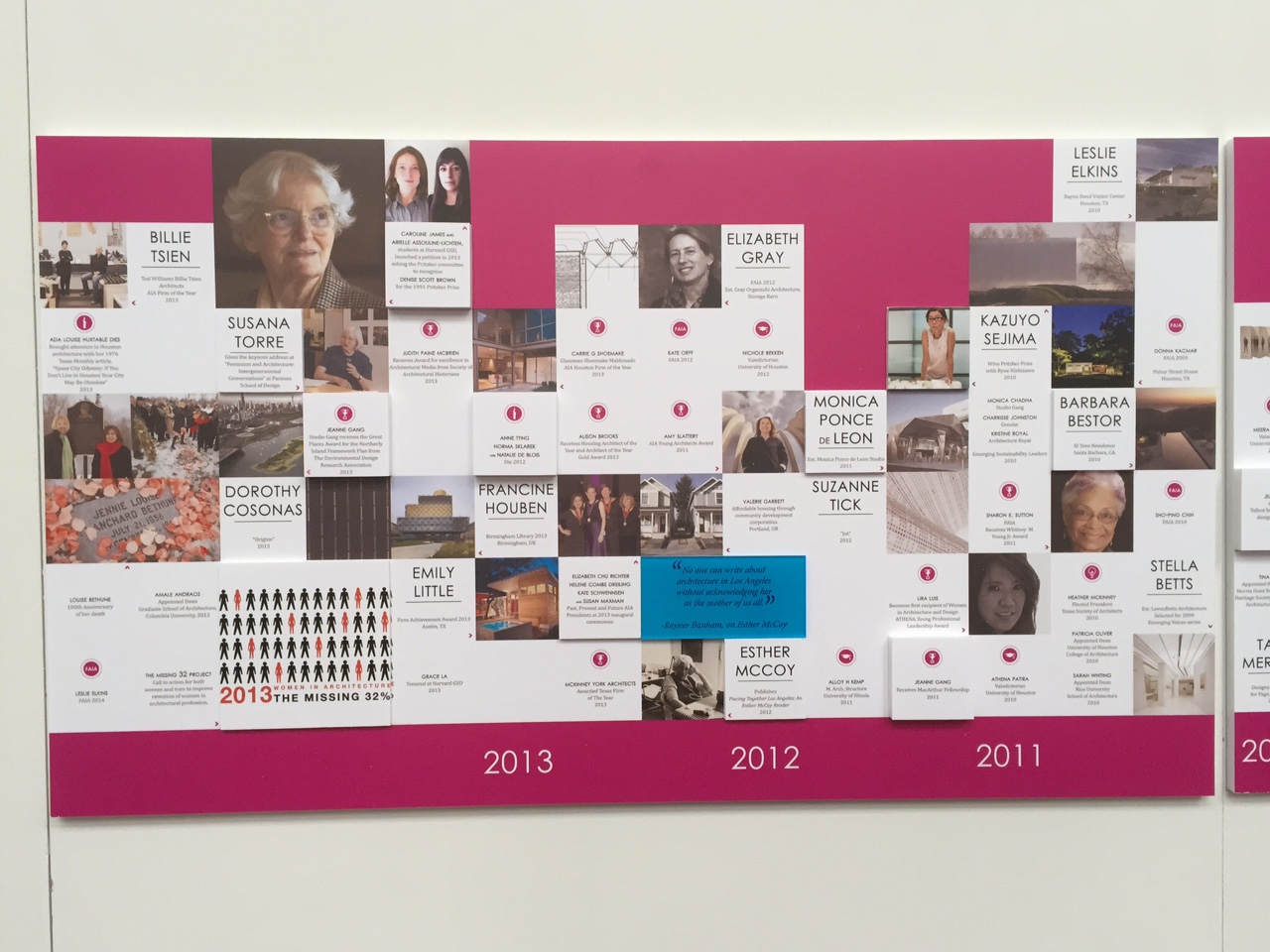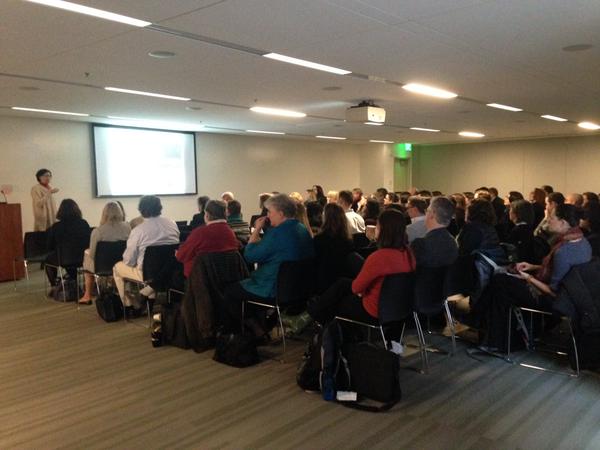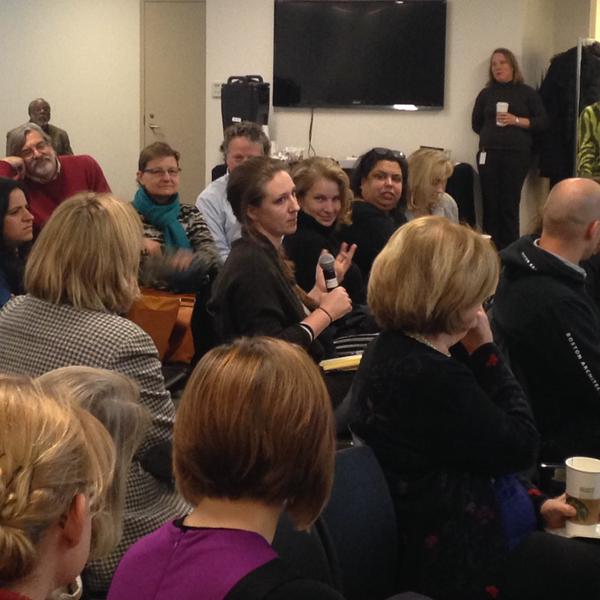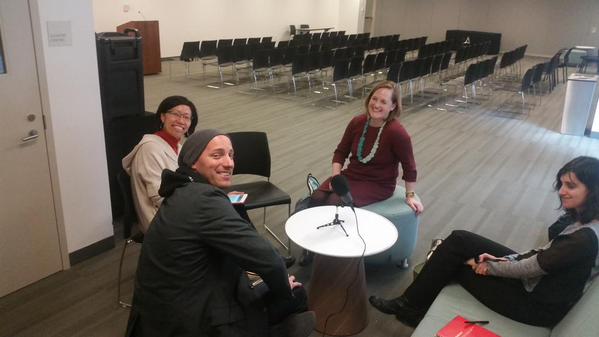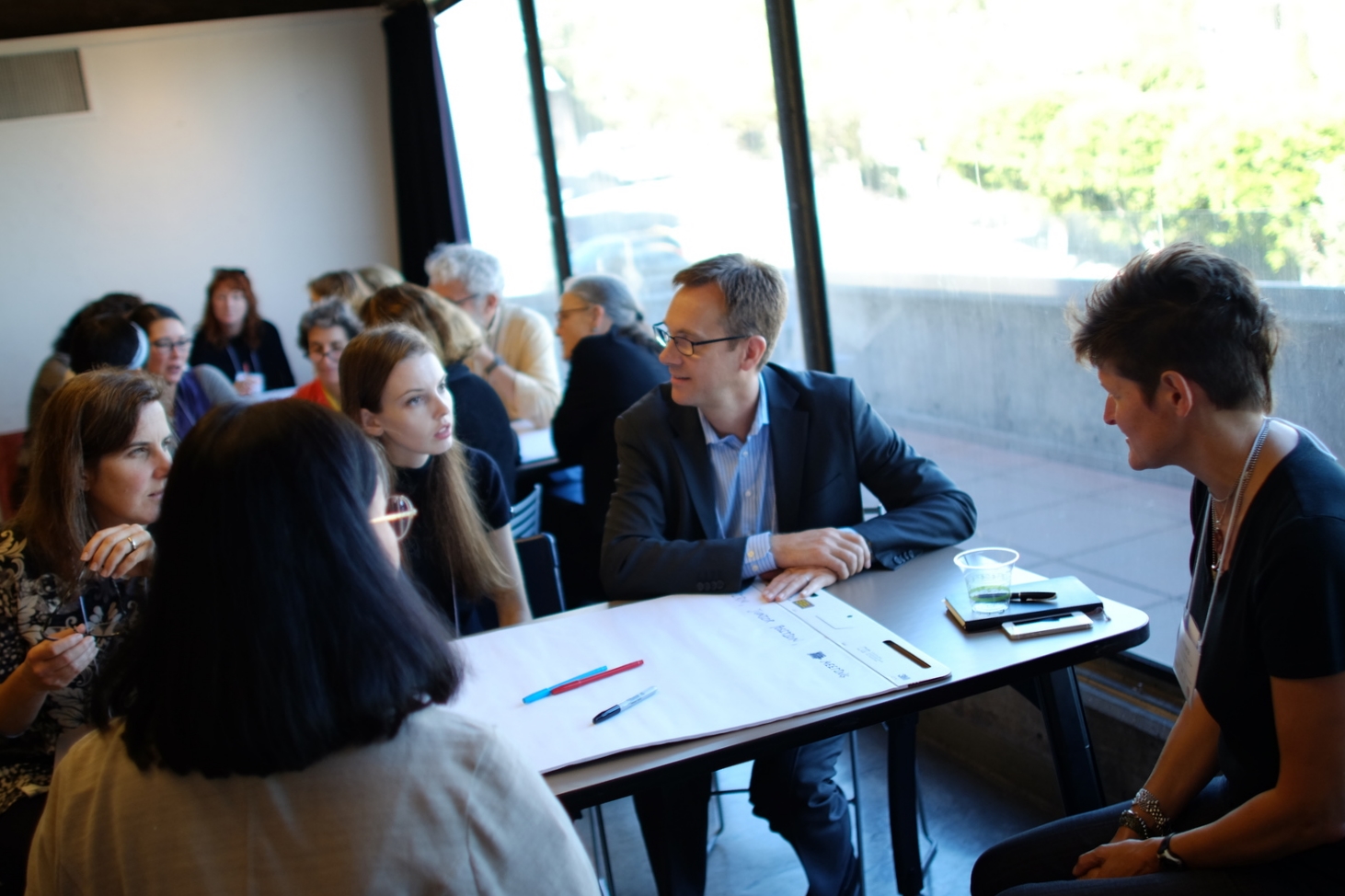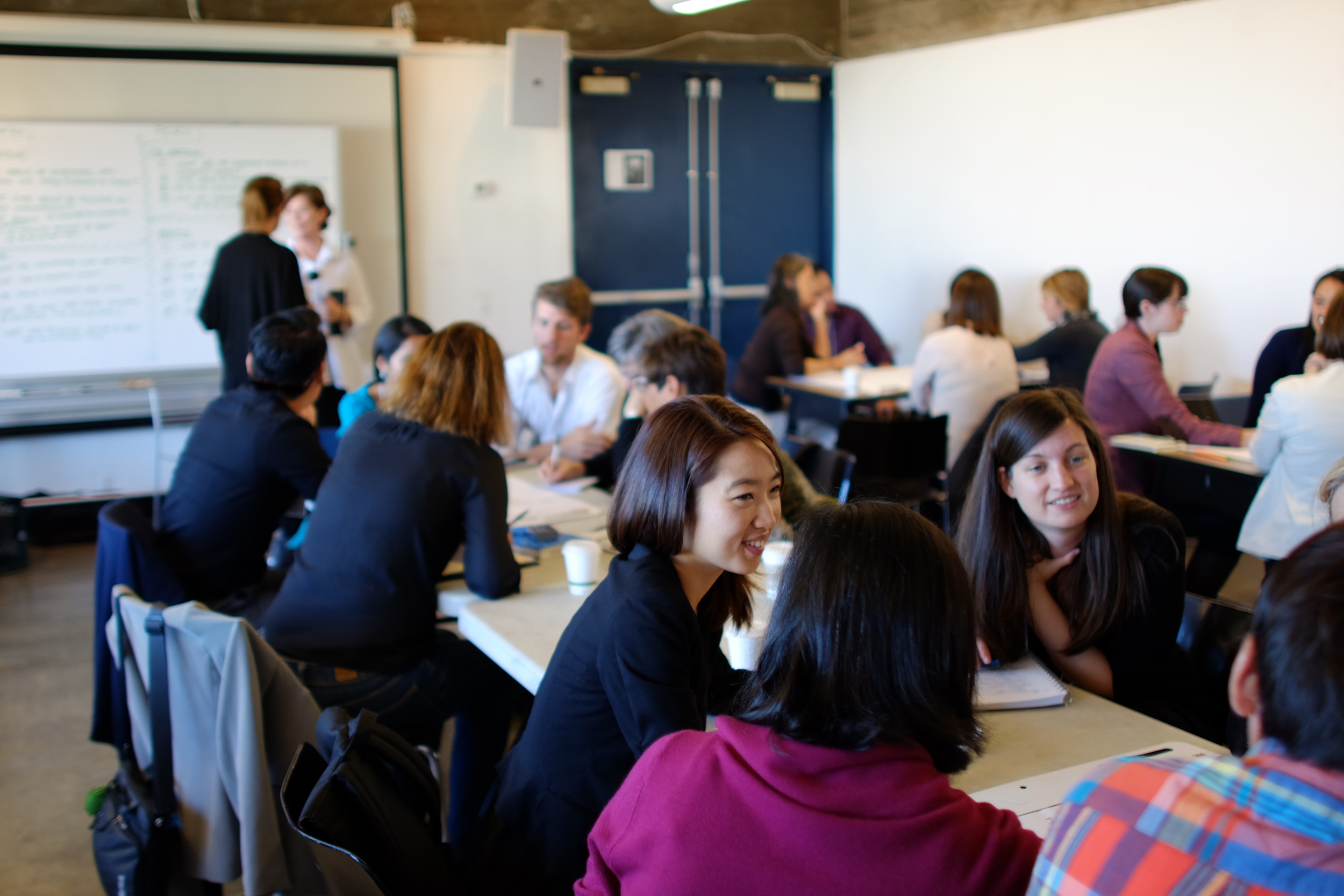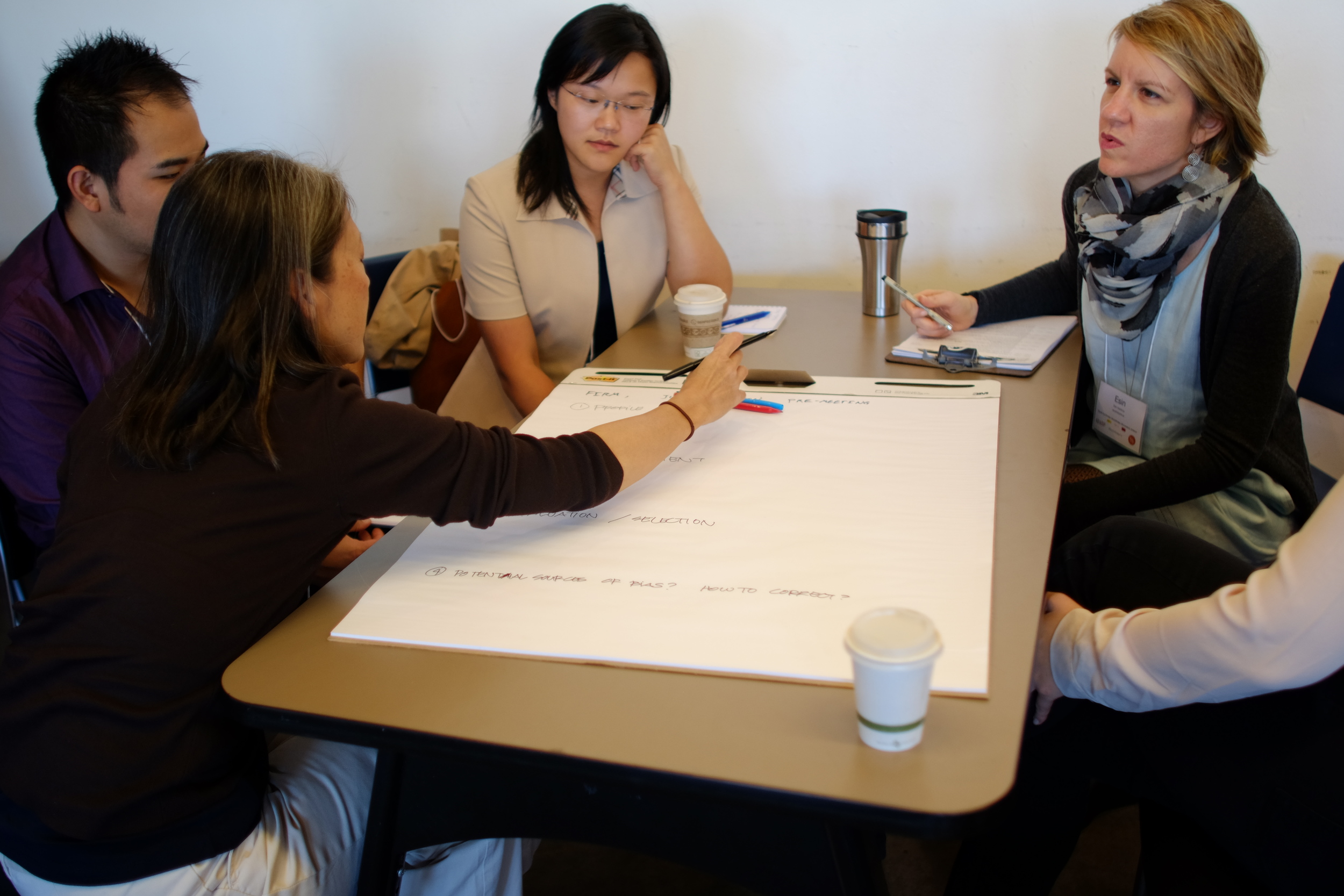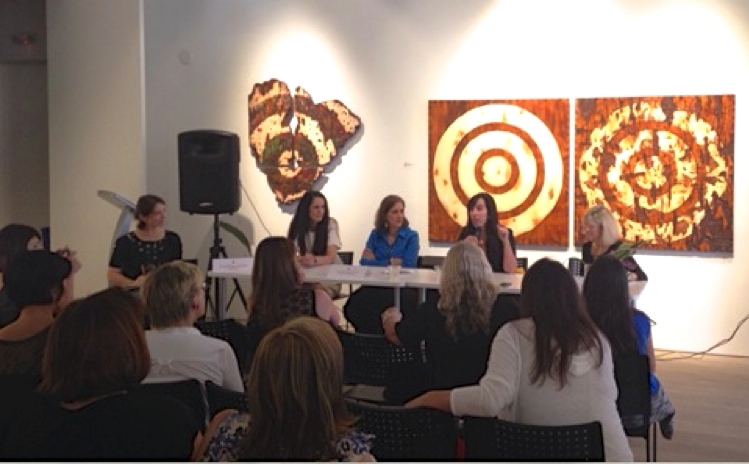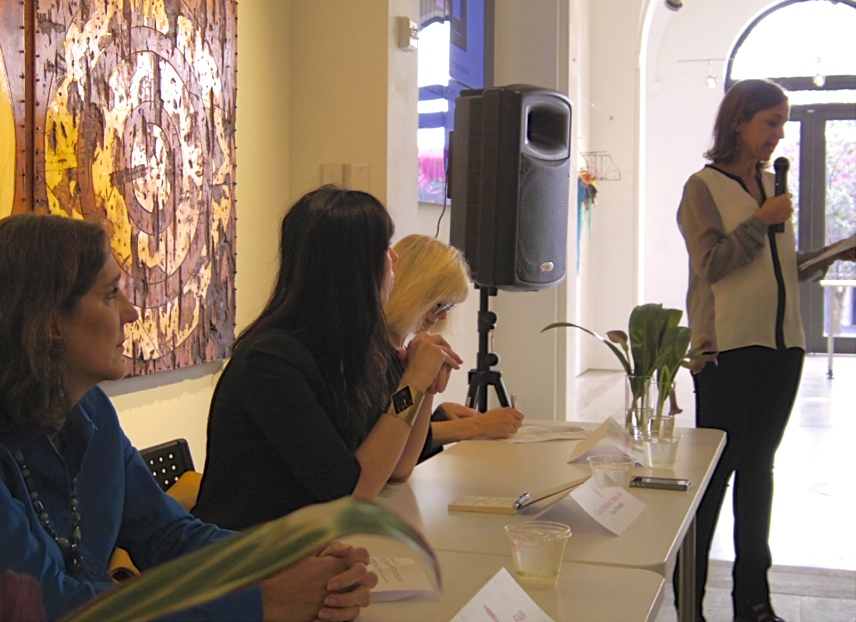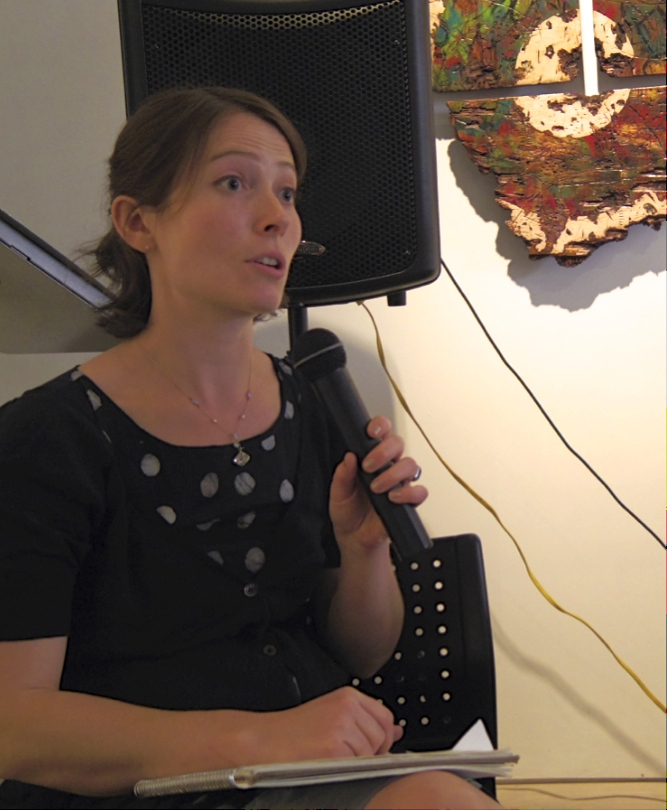““You can’t win the lottery, if you don’t buy a ticket”. ”
At the AIA Women's Leadership Summit in Seattle, there was advocacy; taking action to drive positive change for equitable practice and representation. Julia Donoho, AIA, Esq., in her presentation about leading the campaign to nominate Julia Morgan for the AIA Gold Medal summed it up pretty well; "You can't win the lottery, if you don't buy a ticket".
That message was already on our minds prior to the summit and in early discussions with the WIA/Equity Alliance Group of the AIA Diversity & Inclusion Council. There was the discussion that AIA National Convention in the past has been lacking educational programs that addressed equitable practice and overall diverse representation on the panels groups. Applying the theory that you have to "Be in it, to win it", we asked everyone to submit an AIA Convention seminar or workshop program during the call for proposals earlier this summer. There were 10 proposals submitted with 2 phases of peer review. At each phase, there was great collaboration and strategic thinking about panelists for each program to increase the strength of the individual submissions. We are happy to report that 7 out of the 10 have been accepted as AIA convention programs for 2016 in Philadelphia!
Here are the 7 and their respective abstracts of each program for your reference:
- EQxD Hackathon : Architecture And...The Era of Connections
- EQxD What's Flex Got to Do with Success
- EQxD Negotiation is your Power Tool
- Establishing the Business Case for Women in architecture
- Moving the Needle: Achieving Equity starts with Architecture Schools
- Attract, Engage, Retain, Promote: Recommendations for Equitable Practices in Architecture
- Future Firm Culture: Defining a Path to Success
Here are the abstracts of each program for your reference:
EQxD Hackathon : Architecture And...The Era of Connections
One of the most unique and talked about ½ Day Pre-Convention Workshops is back! Join us for a new EQxD Hackathon this year. In Architecture AND the Era of Connection, we will explore the intersection of Design and Tech with a diverse panel of industry leaders and entrepreneurs to explore the practice innovations and future opportunities related to the business of Architecture in the new digital economy. The second half of the workshop will feature the popular "mini-Hackathon" format for groups to explore and develop a real plan of action that will have positive impact on the profession. (What is a Hackathon?) Very similar in format to a design charrette, this rapid prototyping format will leverage your Design Thinking skills to propose actionable initiatives and best practices for innovating equitable practice and exploring future business models for the profession. (Submitted by Rosa Sheng, AIA)
Equity by Design: Win-Win Strategies for Work/Life Flexibility
Establishing a healthy integration between work and life positively impacts business bottom lines by: providing access to a wider talent pool; increasing employee satisfaction, engagement and productivity; and reducing costly employee turnover. Meanwhile, the architectural profession commonly demands long, and often unpredictable, hours spent in the office. In this panel discussion, we will explore successful strategies for both firm leaders and employees to develop infrastructure that promotes and rewards results over the “Culture of Busy”. (Submitted by Lilian Asperin-Clyman, AIA)
Equity by Design: Negotiation is your Power Tool
According to the 2014 Equity in Architecture Survey, negotiation skills are sorely lacking in our profession. The survey found that less than 35% of all respondents, regardless of gender, negotiated their current salaries. Those who had negotiated salary increases experienced similar rates of self-reported success, and successful negotiators of both genders made more money on average than their non-negotiating counterparts. Successful negotiation is a well-honed skill that requires a deep understanding of all the potential factors that influence positive outcomes. At this session, we will discuss and learn strategies for achieving success in negotiations. (Submitted by Lilian Asperin-Clyman, AIA)
Establishing the Business Case for Women in architecture
This seminar begins with trends of women in architectural school, practice, and leadership positions. We will then identify root causes of what holds women back, or causes them to leave the profession; explore the business case for integrating women into leadership positions; and define actionable items firms can implement to raise women into leadership roles. Panelists will discuss personal experiences with attaining leadership roles, overcoming barriers, and views on the importance of women in a thriving practice.(Submitted by Amy Kalar, AIA)
Moving the Needle: Achieving Equity starts with Architecture Schools
The number of women and minorities attending architecture school has steadily increased, yet the comparable percentage of professors, department heads, heads of schools and deans of colleges that are women or minorities has not increased in years. Come hear from several Deans and Department Heads that have broken through this barrier as they describe what it means to their university, to their students and to the architectural profession. (Submitted by Nicole Dress, AIA)
Attract, Engage, Retain, Promote: Recommendations for Equitable Practices in Architecture
While women graduate with architecture degrees at a rate equal to men, they still make up only 20% of practicing architects; and today’s emerging professionals, regardless of gender, demand new approaches to work-life integration and career development. This session uses research-based recommendations and tools developed by Iowa Women in Architecture to help firms attract, retain, and nurture diverse talent pools, and to aid individuals as they move through their own career paths. (Submitted by Ann Sobiech Munson, AIA)
Future Firm Culture: Defining a Path to Success
Every architect is seeking a good firm culture that nurtures personal and professional success. But defining the necessary ingredients for a positive firm culture can be elusive. How do you as an individual influence the mood and energy of your firm? Your success and happiness as a professional may depend on your thoughtful decision to join a firm that best fits you culturally as well as your skills. ((Submitted by Nicole Martineau, AIA)
In the months to come prior to AIA National Convention, we will continue to engage, promote and advocate for attending these seminars and workshops to move the needle towards equitable practice. This will include documentation of the events and providing the best information to participants prior to and after events as we continue to build a network of champions for change.
If you have an approved program at AIA National Convention that is focused on the topic of equitable practice that is not represented here, please let us know and we will add you to the list of workshops and seminars.





